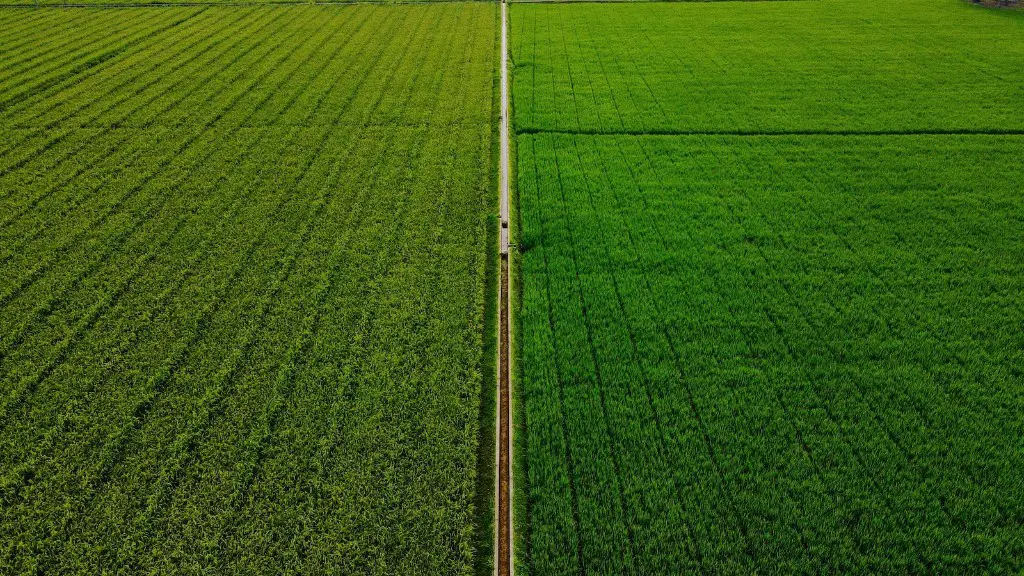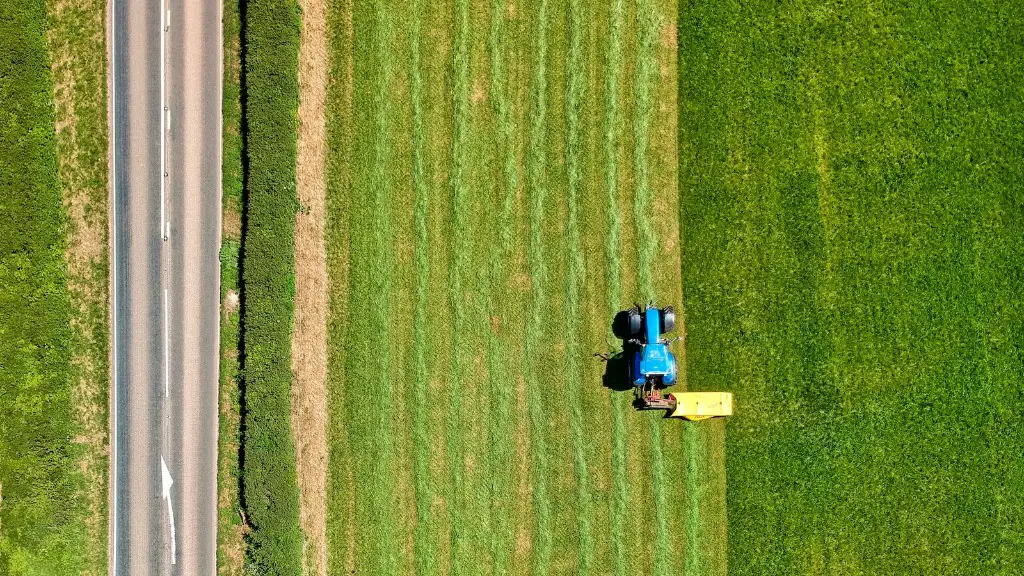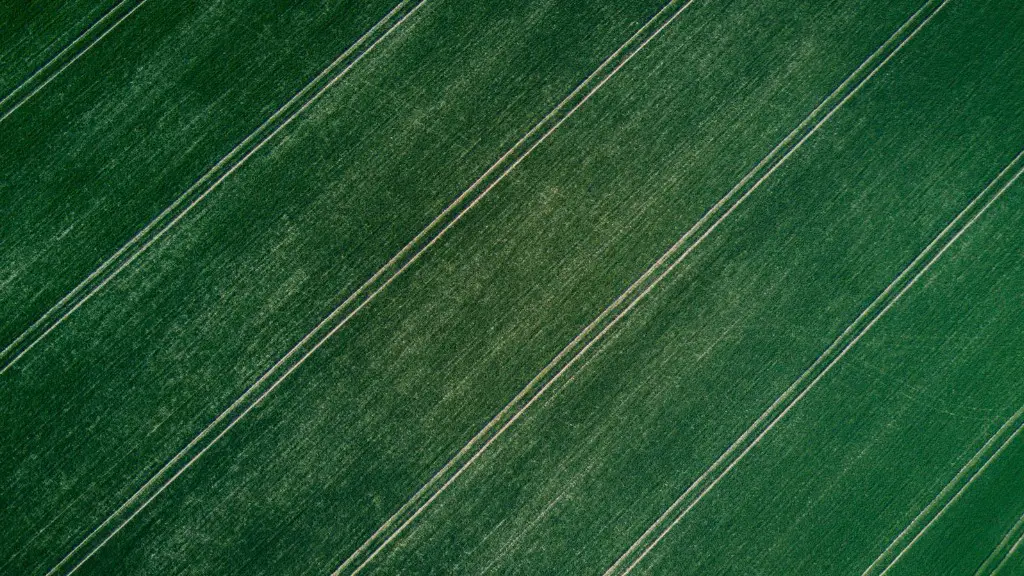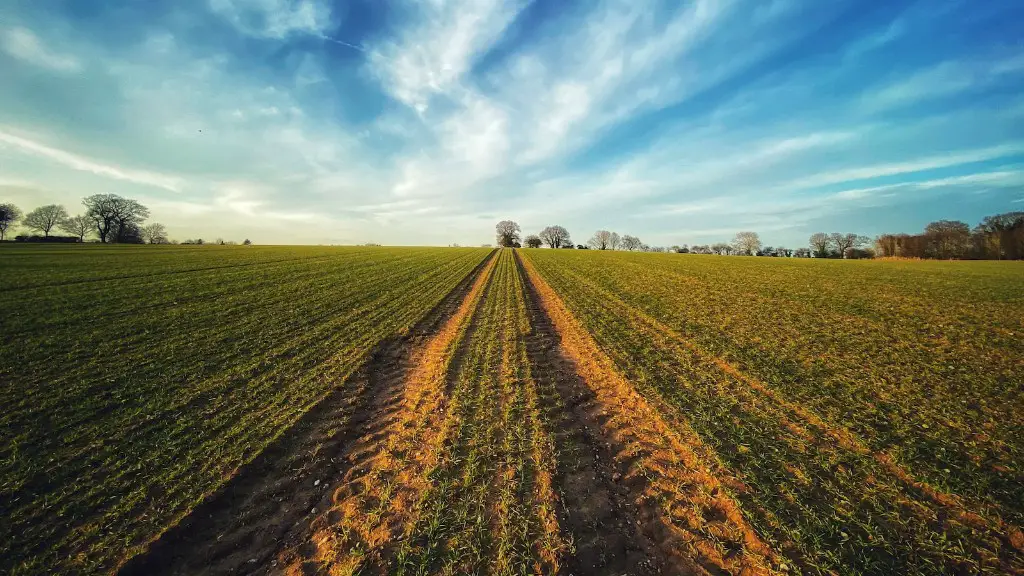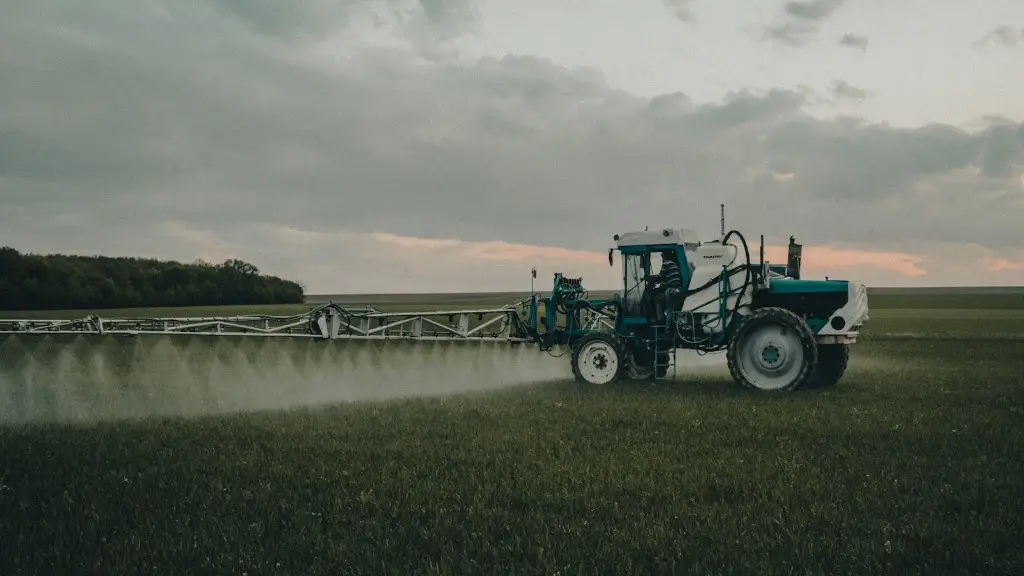There is a lot of debate surrounding the topic of regenerative agriculture and whether or not it is effective. Regenerative agriculture is a type of farming that focuses on rebuilding the soil health and fertility. There are many proponents of regenerative agriculture who believe that it is an effective way to improve the environment and the quality of the food that we eat. However, there are also critics who argue that regenerative agriculture is not effective and that it is not a viable option for farmers.
There is a lot of debate surrounding the efficacy of regenerative agriculture, with some people claiming that it is an effective way to promote soil health and others asserting that it is nothing more than a marketing gimmick. The truth is that regenerative agriculture can be effective if it is properly implemented, but there are also a lot of factors that can impact its effectiveness.
What are the disadvantages of regenerative farming?
Tilling the soil can help farmers save time and decrease soil erosion, but there are some disadvantages to this approach. In some cases, more unwelcome plants may grow on the land. Farmers may need to compensate for this by increasing their use of herbicides and other chemicals.
It is important to be mindful of the potential trade-offs when it comes to using chemicals in farming. While they may offer some benefits in terms of reducing tillage and thus carbon emissions, they can also damage the soil in other ways. Therefore, it is important to consider all potential impacts before making any decisions.
Can regenerative agriculture reverse climate change
Cover crops, compost, crop rotation, and reduced tillage are all practices that can help sequester more carbon than is currently emitted, potentially reversing climate change. Cover crops can help improve soil health, while compost can add organic matter to the soil and help it retain moisture. Crop rotation can help break up pest cycles and reduce the need for chemical inputs, while reduced tillage can help reduce greenhouse gas emissions and improve soil health.
One of the biggest barriers to regenerative agriculture is farm policy. Government policies often favor large-scale, chemically-intensive agriculture, and this makes it difficult for farmers to transition to regenerative practices. Another barrier is the influence of corporations on agriculture. Many companies that sell chemical inputs and farm equipment have a vested interest in keeping farmers locked into a system of monoculture production.
What’s the opposite of regenerative farming?
Conventional agriculture is often detrimental to the environment, as it can degrade the quality of the soil and release harmful chemicals into the atmosphere. This is in contrast to sustainable or organic agriculture, which is designed to be more environmentally friendly.
These incentive programs are designed to promote sustainable agriculture practices that improve soil health and help farmers conserve natural resources. The programs provide financial and technical assistance to farmers who implement these practices on their farms.
What is the truth about regenerative farming?
Regenerative farming practices are becoming more popular as they offer a more sustainable and environmentally friendly option for food production. These practices can help to restore and revitalize the land, making it more productive and healthy. In turn, this can provide healthier food options for people at scale. While regenerative farming practices are still being developed and perfected, they offer a promising solution for sustainable food production in the future.
Regenerative grazing is a type of grazing that is intended to help regenerate ecosystems that have been degraded by traditional methods of grazing. While there are many potential benefits to regenerative grazing, there are also a number of areas of concern that should be considered. These include the potential for land use and deforestation, the efficacy of carbon sequestration, diminished soil health, and depletion of freshwater resources.
Why agriculture can never be sustainable
Farming has always been a difficult profession because it is so dependent on the environment. The weather can be too hot or too cold, there can be droughts or floods, and pests can ruin crops. But in recent years, the practice of modern farming has become even more difficult because the damage to the soil and natural ecosystems is so great that farming becomes dependent not on the land but on the artificial inputs into the process, such as fertilizers and pesticides.
Ultimately, this is not sustainable because it leads to a decline in the quality of the land, as well as the produce. It also means that farmers are increasingly reliant on expensive inputs that can be difficult to obtain. In the long run, this is not a viable way to produce food and it is not sustainable for the environment.
Regenerative farming is a type of agriculture that focuses on rebuilding soil health and improving water infiltration. This type of farming has many benefits, including improving soil health, fighting climate change, and improving water quality.
Is regenerative farming carbon negative?
Regenerative farming is a type of agriculture that aims to be carbon neutral. It goes further than organic farming in that it seeks to restore the environment. Soil is a major source of greenhouse gas emissions, so by regenerating the soil, farmers can help reduce emissions.
That’s great news for farmers looking to reduce their water usage and their impact on the environment. Regenerative practices can help them do both.
How much land do you need for regenerative farming
A nursery can be a profitable enterprise on as little as 3000 square feet or 300 square meters. Count on needing between 01 and 025 of an acre at most.
This is a huge problem because regenerative agriculture is the best way to farm. It helps to regenerate the soil, which in turn helps to grow healthier plants. It also helps to keep the water in the soil, which is important for drought-prone areas.
Does regenerative agriculture use fertilizer?
Fertilizer is an important part of regenerative agriculture. It helps to rebuild soil biology and reduce the need for fertilizer. However, fertilizer should be used judiciously to avoid damaging the environment.
Regenerative farming is a type of agriculture that focuses on rebuilding the soil. This type of farming does not till the land, and does not use pesticides or herbicides. Instead, regenerative farmers keep the soil covered with cover crops and or hay/mulch/leaves. This helps to mimic the naturaleways that forests take care of themselves. regenerate farmers also focus on diversifying their crops and rotations to further rebuild the soil.
Warp Up
Yes, regenerative agriculture really does work. It is a type of agriculture that focuses on restoring the health of the soil by using techniques like crop rotation, cover crops, and composting. These practices help to improve the soil’s ability to hold water and nutrients, which in turn leads to healthier plants and fewer inputs required.
Yes, regenerative agriculture does work. The soil is constantly renewed through the addition of organic matter, and the plants are never allowed to deplete the soil. The result is a much more sustainable and productive agricultural system.
